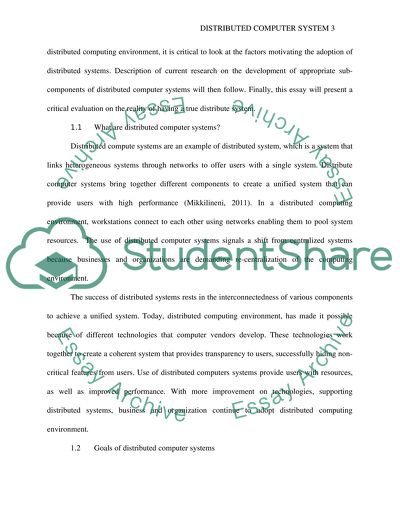Cite this document
(“Distributed Computer System Essay Example | Topics and Well Written Essays - 2750 words”, n.d.)
Retrieved from https://studentshare.org/information-technology/1394442-distributed-computer-system
Retrieved from https://studentshare.org/information-technology/1394442-distributed-computer-system
(Distributed Computer System Essay Example | Topics and Well Written Essays - 2750 Words)
https://studentshare.org/information-technology/1394442-distributed-computer-system.
https://studentshare.org/information-technology/1394442-distributed-computer-system.
“Distributed Computer System Essay Example | Topics and Well Written Essays - 2750 Words”, n.d. https://studentshare.org/information-technology/1394442-distributed-computer-system.


